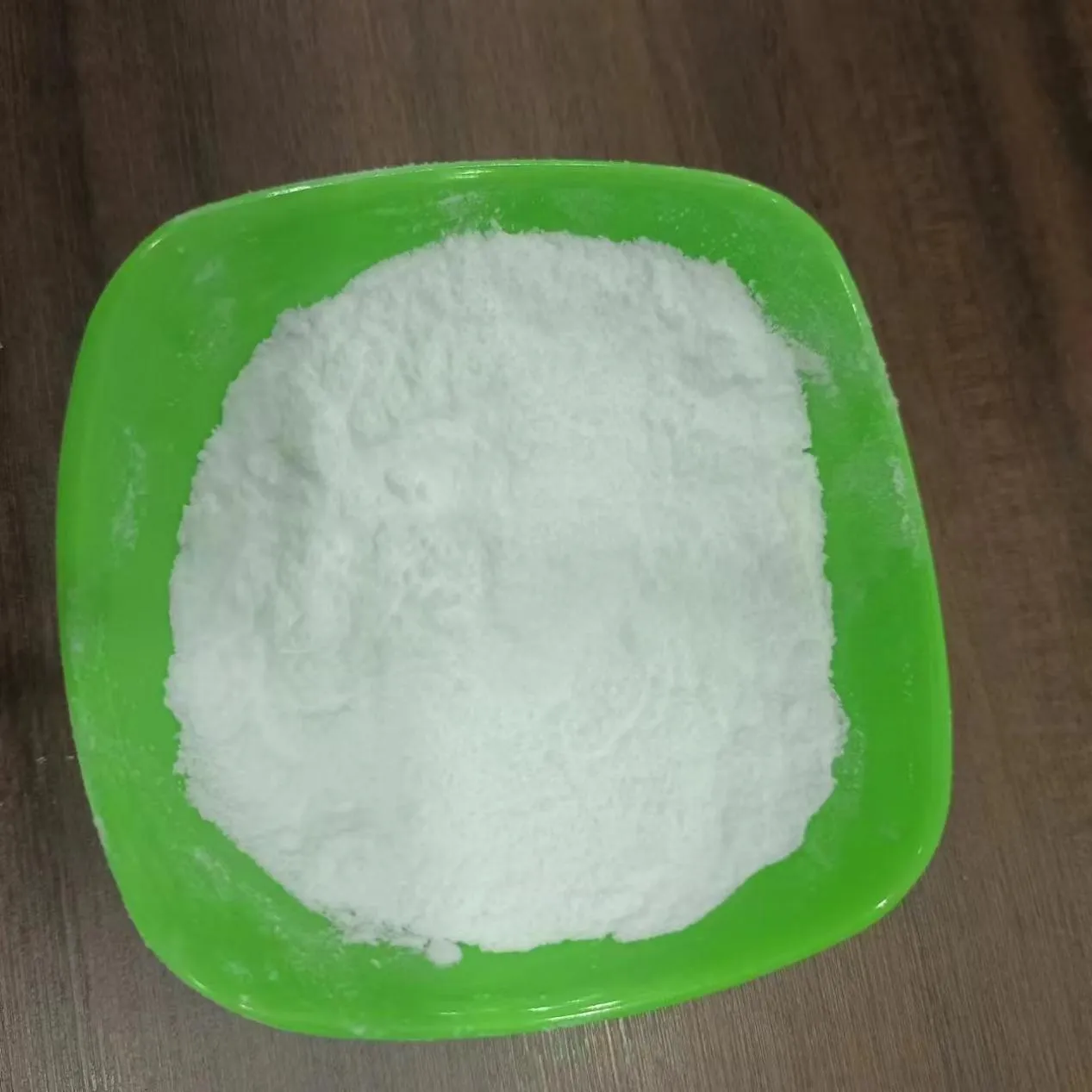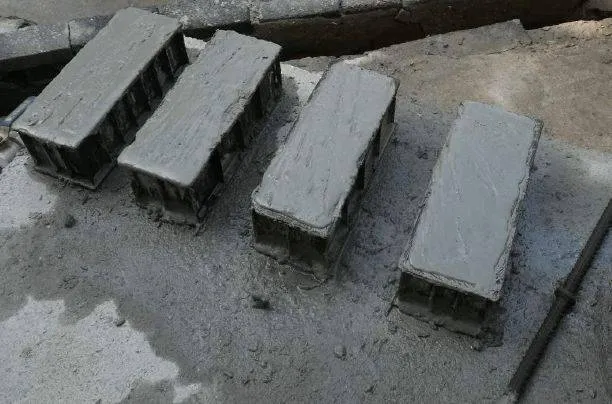
Demystifying Water-Reducing Admixtures: From Traditional Types to Polycarboxylate Innovations
In the construction industry, concrete performance is critical. One of the most effective ways to enhance the strength, durability, and workability of concrete is through water-reducing admixtures. These chemical additives improve concrete quality by reducing the amount of water required in the mix without affecting workability. Among them, polycarboxylate water reducers have emerged as a modern, high-performance solution across a wide range of applications.

This article explores the various types of water-reducing admixtures, with a special focus on polycarboxylate concrete admixtures, their benefits, and how they shape the future of sustainable and high-strength concrete.
Types of Water-Reducing Admixtures: From Conventional to High-Performance
What Are Water-Reducing Admixtures?
Water-reducing admixtures are chemical compounds that lower the water-to-cement ratio in concrete mixtures. By doing so, they increase the strength and durability of the final product while maintaining or improving its workability. These admixtures are essential for producing high-performance concrete with enhanced mechanical and long-term properties.

Types of Water-Reducing Admixtures
There are several types of water-reducing admixtures, each serving different purposes and performance needs:
1. Conventional Water Reducers
Often lignosulfonate-based, these were the first generation of water reducers. They offer 5–10% water reduction and are suitable for general-purpose concrete with moderate performance requirements.
2. Mid-Range Water Reducers
These provide improved performance over traditional reducers, offering 10–15% water reduction. They help improve finishability and reduce segregation in ready-mix concrete.
3. High Range Water Reducing Admixture (HRWR)
Also called superplasticizers, high range water reducing admixtures can reduce water by 20–30%. They are widely used in precast, high-strength, and self-compacting concrete. High range water reducer concrete is ideal for complex structures and aggressive environments.
4. Polycarboxylate-Based Superplasticizers
Polycarboxylate: The Game Changer in Concrete Technology
What Is Polycarboxylate in Concrete?
Polycarboxylate is a water-soluble polymer known for its dispersing capabilities in cementitious materials. As a polycarboxylate concrete admixture, it controls the interaction between cement particles, allowing for high flowability and reduced water demand. The result is concrete that is stronger, more durable, and easier to place and finish.
There are two common forms:
Polycarboxylate plasticizer (liquid form)
Polycarboxylate ether powder (PCE powder form)
Both forms offer flexibility for usage in different applications—from precast production to in-situ cast concrete.
Benefits of PCE Based Superplasticizers
A PCE based superplasticizer offers numerous advantages over older generation admixtures:
High water reduction (up to 30%)
Superior slump retention for extended workability
Low dosage requirements
Compatibility with different types of cement
Minimal bleeding and segregation
Due to these benefits, high range water reducer concrete containing PCE is now widely used in skyscrapers, bridges, tunnels, and other performance-demanding applications.
Polycarboxylate Price Considerations
The polycarboxylate price varies depending on factors such as purity, form (liquid or powder), slump retention capabilities, and regional manufacturing costs. In general:
Basic polycarboxylate plasticizers range from $1,000 to $1,300 per ton
Specialized, long-retention polycarboxylate ether powder can cost between $1,400 and $2,000 per ton
Although these prices are higher than those of traditional admixtures, the long-term performance and cement savings often justify the investment.
The Role of Polycarboxylate in Future-Ready Concrete
With increasing demands for higher strength, faster construction cycles, and sustainability, the concrete industry is leaning heavily on advanced admixture technology. Among the most promising innovations are polycarboxylate concrete admixtures, which have redefined what high-performance concrete can achieve.
By understanding the types of water-reducing admixtures and selecting the right polycarboxylate water reducer, engineers and construction professionals can optimize concrete mixes for any application—from residential buildings to large-scale infrastructure.
As technology advances and polycarboxylate prices become more competitive, we can expect even broader adoption of PCE based superplasticizers—making concrete construction stronger, greener, and more efficient.
FAQ Section with Keyword Titles
1. What Are the Different Types of Water-Reducing Admixtures?
The types of water-reducing admixtures include:
Conventional lignosulfonates (normal water reducers)
Mid-range reducers
High range water reducing admixtures (HRWR)
Polycarboxylate-based superplasticizers, which provide the highest water reduction and best performance.
2. What Is a Polycarboxylate Water Reducer and How Does It Work?
A polycarboxylate water reducer is a high-efficiency chemical admixture used in concrete to reduce water content while maintaining flowability. It works by dispersing cement particles through electrostatic and steric repulsion, leading to improved strength and slump retention.
3. Why Use a PCE Based Superplasticizer in Concrete?
A PCE based superplasticizer offers superior performance compared to older superplasticizers. It allows for high flowability, minimal water usage, and excellent strength development—making it ideal for high range water reducer concrete and self-compacting mixes.
4. What Are Some Examples of Water-Reducing Admixtures?
Common examples of water-reducing admixtures include:
Lignosulfonates (first generation)
Sulfonated naphthalene formaldehyde (SNF)
Sulfonated melamine formaldehyde (SMF)
Polycarboxylate ether powder (PCE) – the most advanced option for high-performance concrete.
5. How Does Polycarboxylate Price Compare to Other Admixtures?
The polycarboxylate price is generally higher than that of traditional admixtures due to its superior performance and versatility. However, it often results in cost savings through reduced cement content, shorter setting times, and better durability in finished concrete.
-
Hydroxypropyl Starch as a Sustainable Construction AdditiveNewsNov.24,2025
-
The Gelation Properties of CMCNewsNov.21,2025
-
Redispersible Latex Powder and Water Retention CapacityNewsNov.21,2025
-
Dosage Control for Polycarboxylate Water ReducerNewsNov.21,2025
-
Film-Forming Properties of Polyvinyl AlcoholNewsNov.21,2025
-
The Function of Gypsum Additives in MortarNewsNov.21,2025





















